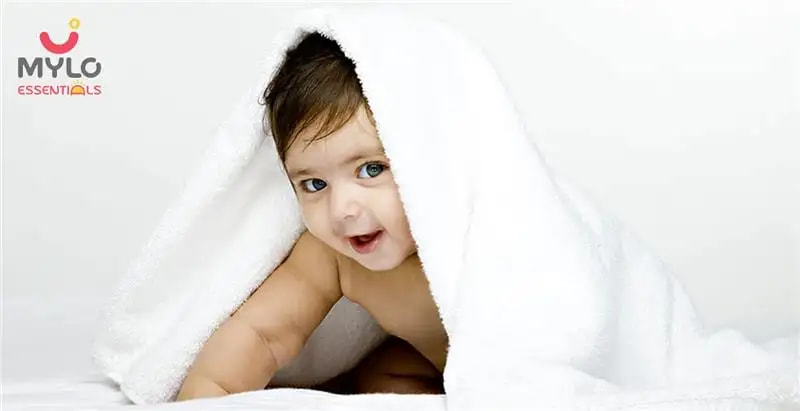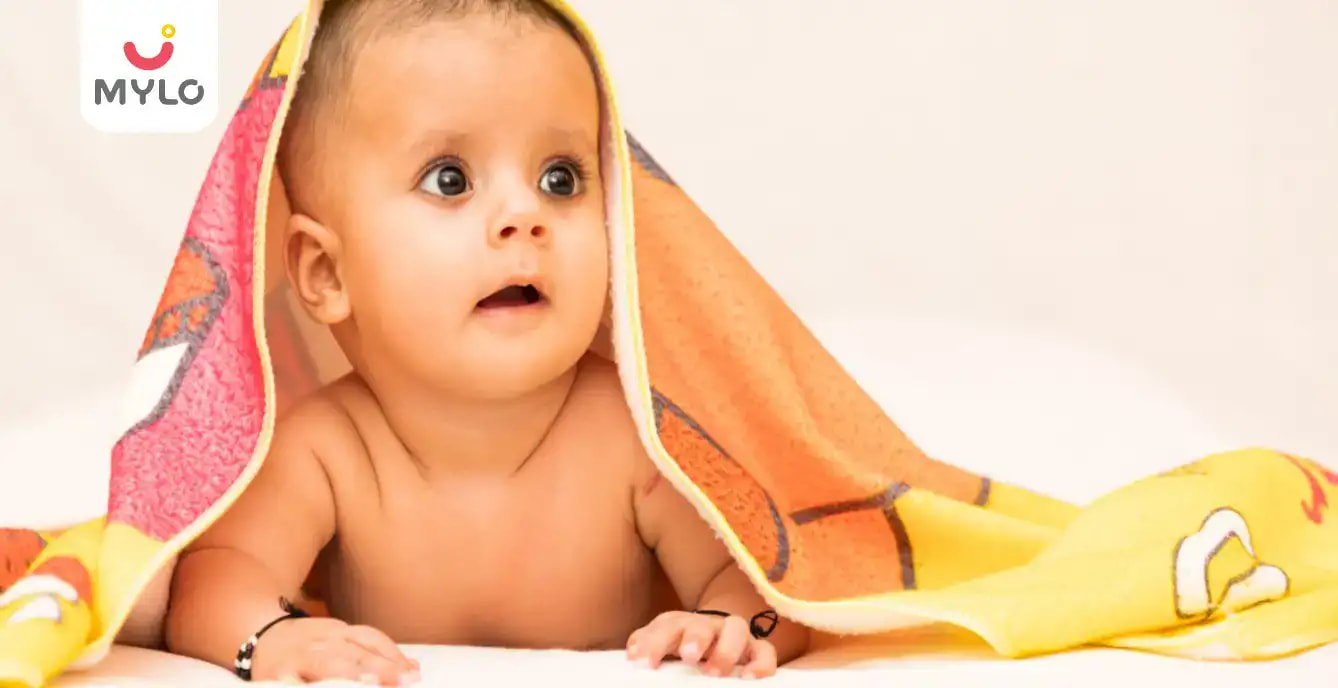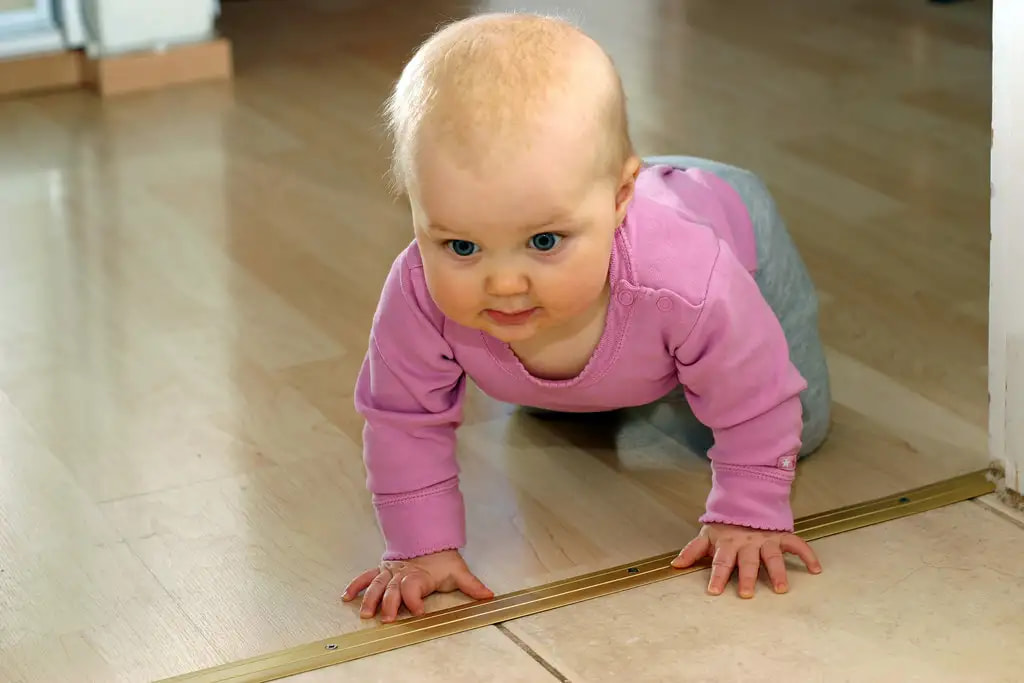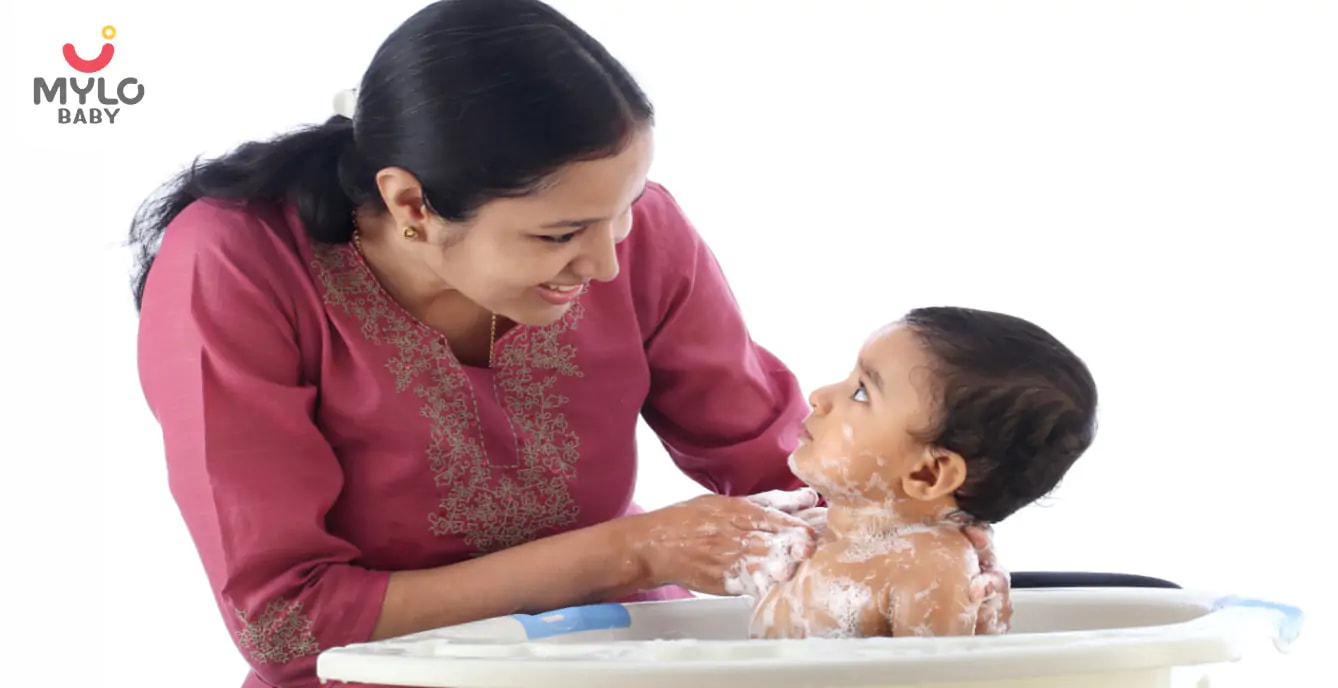Home

Childproofing

Childproofing checklist: Before your baby crawls
In this Article
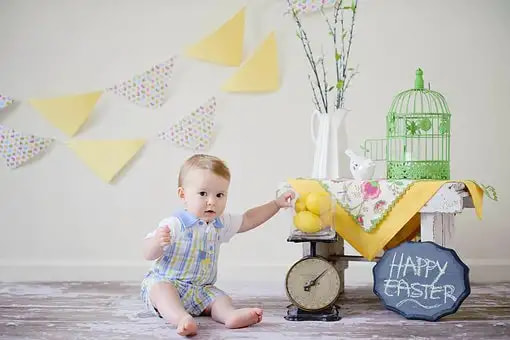
Childproofing
Childproofing checklist: Before your baby crawls
Updated on 16 March 2022
On average, babies crawl at eight months, which means many get moving even earlier. A crawling baby will soon start pulling up, too, which means chairs, tables and other surfaces are no longer beyond reach. Use this checklist to help you prepare for a baby who can go from here to there in the blink of an eye:
| Bathing | |
| If using a bathtub, fill it just enough to cover your baby's legs (about 2 or 3 inches of water). | |
| Use warm, not hot water. Do a wrist or elbow test to check the water temperature, or if you have a bath thermometer, the ideal temperature is 38 degrees C or 100.4 degrees F. | |
| Don't leave the hot water tap running when your baby is around. | |
| Never, ever leave your baby in the bath unsupervised, not even for a few seconds. | |
| Remove any electrical appliances, such as an immersion rod, from the bath area before bathing your baby. | |
| Empty the bathtub or bucket after use. | |
| Put a non-slip mat in the bathing area. | |
| Keep the bathroom locked when not in use. | |
Preventing burns |
|
| Don't carry hot food or drink and your baby at the same time. | |
| Keep hot food and drink away from edges of tables and counters. | |
| Don't keep hot food or drink on table mats or runners. | |
| Don't hold your baby while cooking at the stove. | |
| Turn pan handles toward the back of the stove. | |
| Block access to the gas cylinder. | |
| Turn off appliances such as ovens, toasters and grills when not in use. | |
| Keep hair straighteners, curling rods, immersion rods or electric curlers out of your baby's reach. | |
| Make sure your baby can't reach any lit candles, diyas, agarbattis or mosquito repellent coils. | |
| Make sure matches and lighters are in a secure place. | |
Car |
|
| Using a car seat for your baby is the safest way for him to travel. Keep your baby in a rear-facing car seat until at least 1 year old and 9 kilograms. | |
| Install the car seat properly, in a rear-facing position in the middle of the back seat. | |
| If your baby is in your arms, make sure you have your seat belt on. Do not put your seat belt around your baby. | |
| Never leave your baby alone in the car, even for a few minutes. | |
Changing area |
|
| Use the safety strap on the changing table and don't leave your baby unattended. | |
| If you change your baby on the bed make sure he isn't at the edge of the bed and that you always keep one hand on your baby to keep him from rolling away. | |
| Keep toiletries out of your baby's reach but within yours. | |
Clothing |
|
| Don't use clothing with drawstrings as this poses a strangulation risk. | |
| Make sure all buttons are secured properly. | |
| Avoid clothes with beads, mirror work or sequins that can come off and pose a choking hazard. | |
Sleeping and SIDS |
|
| Put your baby to sleep on his back. | |
| If your baby sleeps in your bed, remind yourself of how to make co-sleeping safe. | |
| If your baby sleeps in a cloth cradle or jhoola make sure it is placed and used correctly. | |
| If you and your baby sleep on the floor cover and close off all plug points near the mattress and remove any wiring. | |
| If you're using a palna, make sure it is still suitable for your growing baby and consider all safety precautions. | |
| When your baby gets up on his hands and knees, remove mobiles and hanging toys from his cot. | |
| Don't keep any electronic gadgets, loose wires or appliances near your baby's cot. | |
| Don't leave toys, especially large stuffed toys in the crib when your baby is sleeping. | |
| Keep the drop side of the crib or cot up and locked when you're not in the room. | |
| Don't let your baby sleep or nap on pillows or fluffy bedding such as comforters. | |
| Don't put your baby to sleep on water beds or other soft surfaces. | |
Doors |
|
| Use doorstops to protect your baby's fingers. | |
| For doors with automatic locks, disable the locks or keep extra keys in a central place. | |
Electrical sockets, cords, and appliances |
|
| Put safety plugs or outlet covers in unused plug points or sockets. | |
| Hide electrical cords behind furniture. | |
| Keep blow dryers, toasters, ovens and other appliances unplugged and out of reach. | |
| Get all appliances serviced regularly to keep them in good condition and to avoid short circuits. | |
Preventing falls |
|
| Never leave your baby alone on beds or sofas, in a bouncy chair or high chair, on the changing table, or in any other spot from which he can fall. | |
| Use window guards, grills or rails on windows. | |
| Install safety gates to block stairways at the bottom and top. | |
| If railings have openings wider than 6.5cms, block the gaps with plastic or bamboo garden fencing, wire mesh, or other material. | |
| If you live in a highrise apartment building, make sure your balconies or any open areas are secure. Never leave your baby unattended on the balcony. | |
| Use the safety strap when your baby is in a highchair or swing. | |
| At the supermarket, use safety belts on shopping trolleys (or bring one of your own). | |
Fire prevention |
|
| Check smoke and fire detectors regularly. | |
| Plan a fire escape route and take part in fire drills in your locality. | |
| If you light agarbattis, diyas or mosquito repellent coils, make sure your baby can't reach them. | |
| Don't let your baby get close to the gas stove, fireplace, bonfires or any open flame. | |
First-aid |
|
| Keep an infant first-aid kit handy at all times. Check the expiry date of medicines from time to time. | |
| See our illustrated guide to choking. | |
Forbidden territory |
|
| Keep knives, breakables, heavy pans, and other dangerous items locked up or out of reach. | |
| Control access to unsafe areas with safety gates, door locks, and knob covers. | |
| Put locks or latches on accessible cupboards and drawers that house unsafe items. | |
| Keep garbage bins away from your baby's sight. It's best to buy dustbins with child-resistant covers. | |
| Cover or block access to hot radiators, blowers and electrical heaters. | |
| Secure the refrigerator with an appliance latch. | |
| Keep bathroom doors locked. | |
| Don't use tablecloths or place mats - your baby will pull them and what's on them down. | |
| Distract your baby from forbidden places by keeping one cupboard unlocked and filled with lightweight, baby-safe items. | |
Furniture |
|
| Attach corner and edge guards to sharp furniture. | |
| Secure furniture that can topple (bookcases, chests of drawers) to the walls. | |
| Keep televisions on low furniture, pushed back as far as possible. | |
| Secure tall, unstable lamps behind furniture and make sure the electrical cords to table lamps are out of reach. | |
High chairs and hook-on chairs |
|
| Use a sturdy, stable, wide-based high chair with a safety strap. | |
| Clamp the hook-on chair securely onto a table that cannot tip over. | |
| Use safety straps to keep your baby safe and secure. | |
| Don't leave your baby unattended. | |
Preventing poisoning |
|
| Survey your house and move cleaning agents, medicines, vitamins, toiletries, naphthalene balls, and other potentially poisonous products out of reach or lock them up. | |
| Remember that your purse or a visitor's bag can hold medicines, toiletries, and other toxic substances. | |
| Don't store chemicals, cleaning products or household cleaners in food containers or bottles. | |
| Get rid of toxic houseplants such as philodendron or move them out of reach. | |
Toilet |
|
| Install a toilet seat lock. | |
| Keep the toilet door locked at all times so that your curious child can't fall inside it. | |
| Disable auto-locks inside the toilet so your baby doesn't lock himself in. | |
Toys |
|
| The safest toys: | |
| Are securely assembled and in good condition. | |
| Have no buttons, eyes, beads, ribbons, or other pieces your baby could pull off and choke on. | |
| Are not too heavy (if a toy would harm your baby if it fell on him, it's too heavy). | |
| Have no strings or cords longer than 30cms / 12 inches. | |
| Are appropriate for your baby's age and physical skills. | |
| Can't be hung (or anything else) around your baby's neck. | |
Water |
|
| Don't leave your baby unattended even for a moment in or near a pool or other water. | |
| If you have a pool, erect fencing at least 1.2 metres / 4 feet high with a self-closing, self-latching gate. | |
| Don't leave even small amounts of water, cleaning solutions, or other liquids in buckets or other containers. | |
Windows |
|
| Cut off or tie up dangling cords on curtains and blinds. | |
| Mark sliding doors and other expanses of glass with colourful stickers. | |
| Keep your baby away from open windows and balconies. | |
| Don't keep any furniture or your baby's cot near windows or open areas. | |


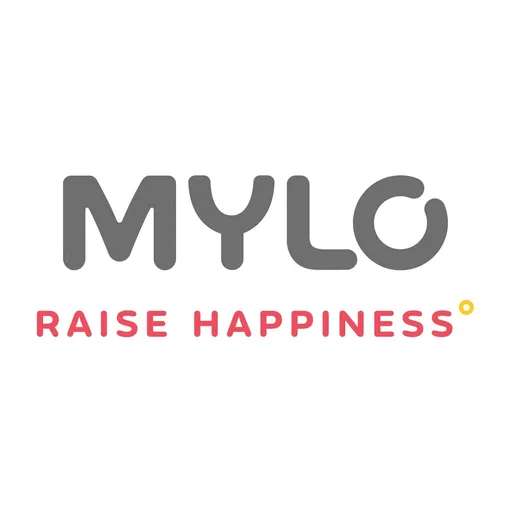
Written by
Mylo Editor
Official account of Mylo Editor
Read MoreGet baby's diet chart, and growth tips

Related Articles
Related Questions
Hello frnds..still no pain...doctor said head fix nhi hua hai..bt vagina me pain hai aur back pain bhi... anyone having same issues??

Kon kon c chije aisi hai jo pregnancy mei gas acidity jalan karti hain... Koi btayega plz bcz mujhe aksar khane ke baad hi samagh aata hai ki is chij se gas acidity jalan ho gyi hai. Please share your knowledge

I am 13 week pregnancy. Anyone having Storione-xt tablet. It better to have morning or night ???

Hlo to be moms....i hv a query...in my 9.5 wk i feel body joint pain like in ankle, knee, wrist, shoulder, toes....pain intensity is high...i cnt sleep....what should i do pls help....cn i cosult my doc.

Influenza and boostrix injection kisiko laga hai kya 8 month pregnancy me and q lagta hai ye plz reply me

Related Topics
RECENTLY PUBLISHED ARTICLES
our most recent articles
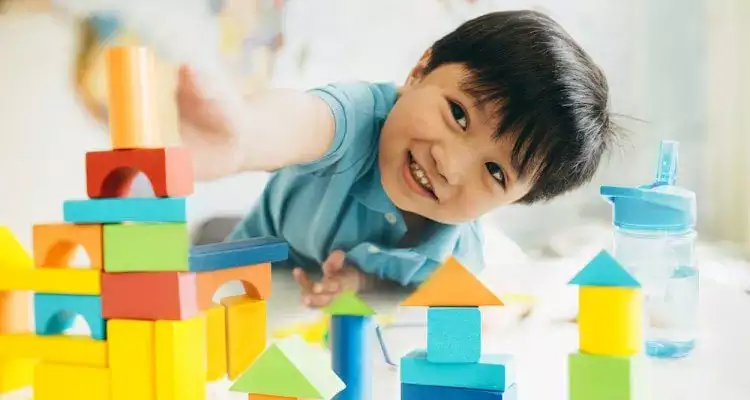
Pregnancy
Home essential medical kit for Corona.
Best Sleeping Positions
How to have a safe sleep during your pregnancy and what are the best sleeping positions?
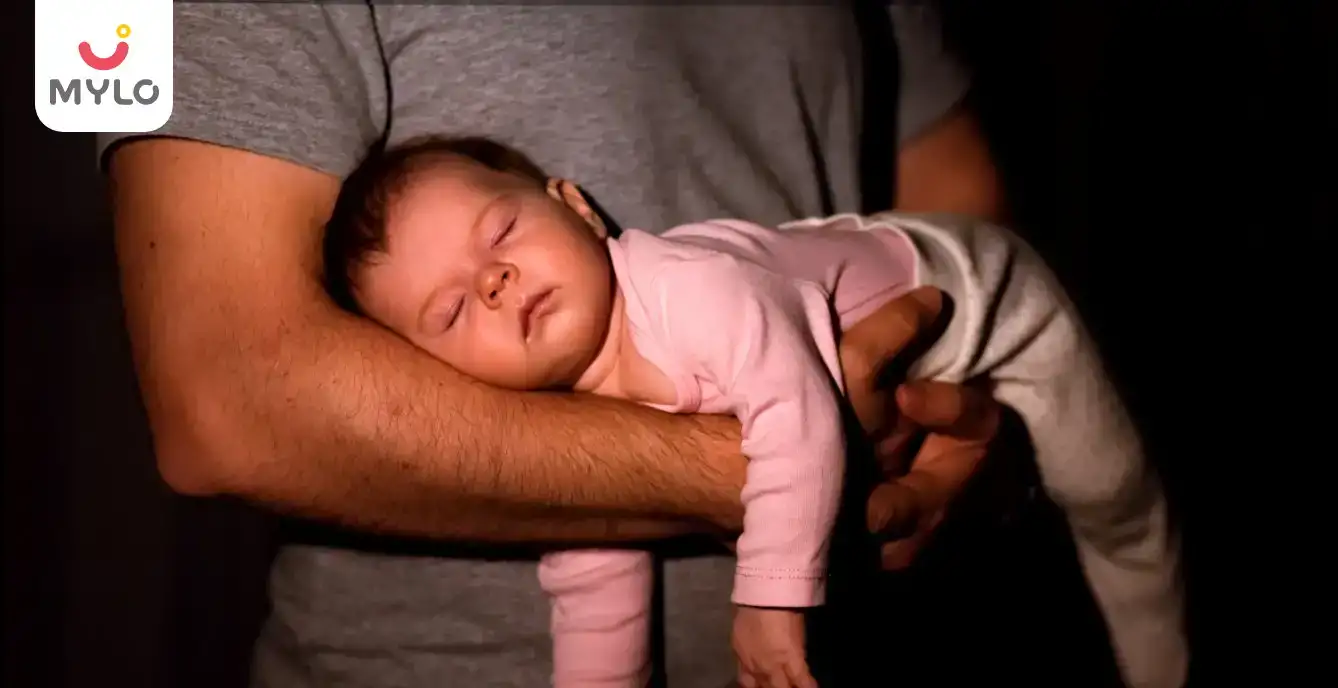
Role Of A Father
Being a new dad how can I comfort my newborn baby in the middle of the night?
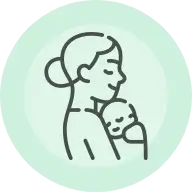
Baby Care
Numerous reasons for having 1 in million life partner
Baby Massage
Massaging your baby is not the best idea according to doctors
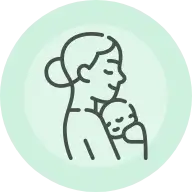
Baby Care
jyadatar babys ko hone vali problems ka solutions
- Sharing responsibilities with your partner
- Ovulation- Few easy ways to detect your most fertile time
- Major Milestones and Tips to manage your 8-month-old baby
- 7 Advantages of Being a New Mom
- Are you wondering when can you start feeding finger foods to your baby? Here's a complete guide.
- Learn all the important do’s and don’ts of hosting a baby shower.
- Make an interesting diet chart for your 11-months-old baby
- Know more about Infant developmental milestones for 7-12 months old.
- Water breaking: What it feels like.
- Golden tips of Ayurveda for pregnant women to keep the spirits high
- What is Preeclampsia?
- Know all about Annaprasan ceremony of your baby and how to celebrate it.
- Top 5 Things to Help you get Pregnant
- Have you prepared a shopping checklist for your first trimester? Hope you haven't missed these 5 important things.


AWARDS AND RECOGNITION

Mylo wins Forbes D2C Disruptor award

Mylo wins The Economic Times Promising Brands 2022
AS SEEN IN
















- Mylo Care: Effective and science-backed personal care and wellness solutions for a joyful you.
- Mylo Baby: Science-backed, gentle and effective personal care & hygiene range for your little one.
- Mylo Community: Trusted and empathetic community of 10mn+ parents and experts.
Product Categories
baby carrier | baby soap | baby wipes | stretch marks cream | baby cream | baby shampoo | baby massage oil | baby hair oil | stretch marks oil | baby body wash | baby powder | baby lotion | diaper rash cream | newborn diapers | teether | baby kajal | baby diapers | cloth diapers |



